One of the most common sport injuries is pulled calf muscle. The calf muscle is actually made of two muscles, one smaller and the other one bigger. The purpose of these muscles is to help in pointing and Flexing the foot. One of them is also required for knee bending. When one or both these muscles are injured, it causes mild to severe pain and the injury is referred to as pulled calf muscle.
Symptoms of pulled calf muscle
The calf can be subjected to different injuries. A minor kind of calf injury or pull causes a twinge of pain in the affected muscle. A person who has this type of calf muscle pull is usually able to perform normal activities, although with slight and dull ache in the calf that can last two or three days.
A minor calf muscle pull causes sharp, radiating pain in the calf. The pain is not necessarily constant and it usually worsens while walking. In mild and moderate calf pulls, there may be some bruising that is supposed to go away in seven to ten days.
When the muscle is severely pulled, the pain is shooting and very intense. The motion and flexibility of the affected leg are compromised and any movement can make the pain worse. The bruises usually appear soon after the injury, while the pain starts almost immediately.
Treatment for pulled calf muscle
The treatment for pulled calf muscle depends on the severity, but whatever the degree of the injury is, rest is the first step in the treatment. The affected leg must rest and be spared of all activity. In minor or moderate pulls, this does not necessarily mean bed rest. It will be enough to try to flex the leg as little as possible and to put more weight and pressure to the healthy leg. Too much walking, jogging and similar activity is not recommended.
Ice is another important part of the treatment. Icepacks should be applied to the affected muscle ever two or three hours for 15 minutes. Cold reduces the inflammation and increases the blood supply to the area.
Compression is the next vital step towards the recovery of the pulled muscle. The leg should be wrapped firmly but not too tightly with an elastic band, starting from the toes and working the way up.
Finally, the affected leg should be elevated. Lying down with the foot resting on a pillow or a cushion will significantly reduce the pain, the swelling and other symptoms of pulled calf muscle.


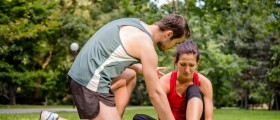


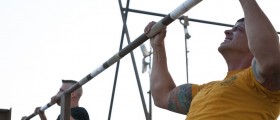




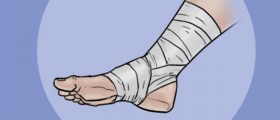

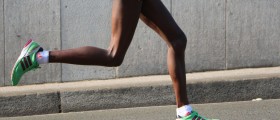
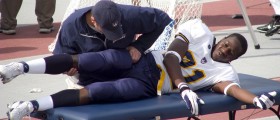

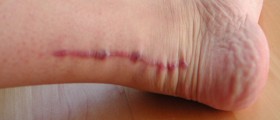
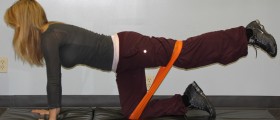
Your thoughts on this
Loading...